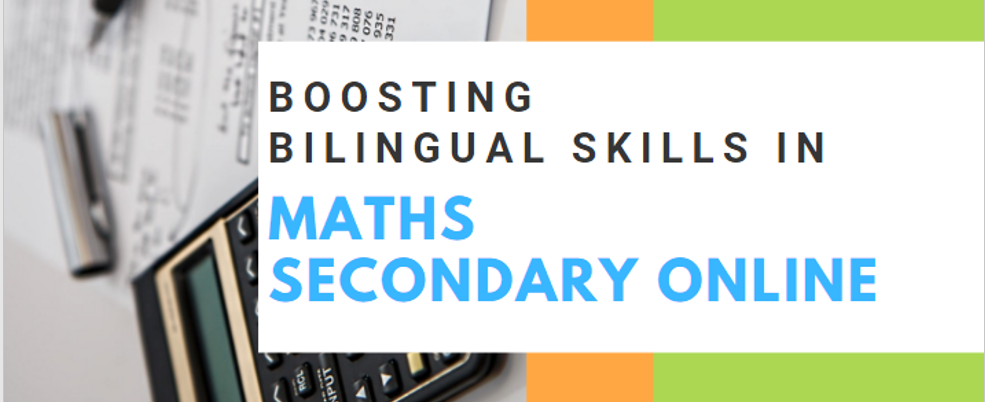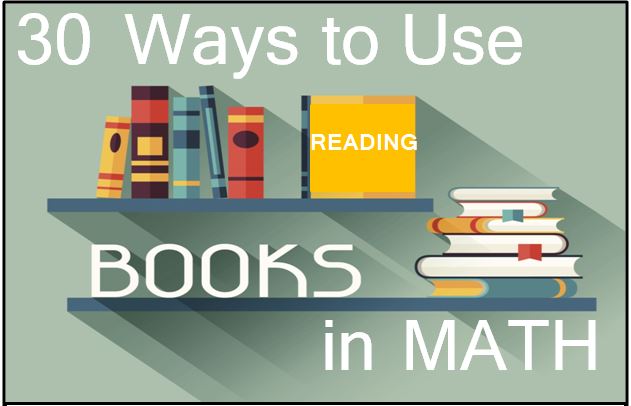Focus on C for Culture
Cross-curricular: English language and Literature
Teacher: Edita Blanco
THE CURIOUS INCIDENT OF THE DOG IN THE NIGHT TIME (MARK HADDON)
Concerning this novel, I will propose several mathematical topics and I will suggest different types of exercises for my students so that they can learn not only Maths but also Culture.
With this book the students will see that Maths and Literature are not so distant from each other.
We will also see the relationship of the topics of this book and many other subjects and that is why this book can be useful in other subjects and I will collaborate with the other teachers to develop some of the activities.
- TRADITIONS
The student has to answer the following questions:
- Why is the numbering system for each chapter unusual? What is special about those numbers?
- Christopher’s sense of order is constructed by himself and not dictated to him. For instance, when he sees a lot of red cars in a row he knows it is going to be a good day.
Look for information about famous superstitions from around the world and explain them.
Example: “ Black cats have always have a bad rap, especially around Halloween, given their perceived allegiance to witches, and it is a common superstition that a black cat crossing your path is bad luck.”
- HISTORY AND BIOGRAPHIES
- In chapter 19 (Page 22) Christopher explains a rule to calculate the prime numbers. This rule is known as “The sieve of Eratosthenes” due to the Greek Mathematician Eratosthenes of Cyrene.
a) Watch the following video: https://www.youtube.com/watch?v=klcIklsWzrY
b) Use this rule to calculate the prime numbers between 1 and 100 and prepare a powerpoint explaining who Eratosthenes was and his main contributions to the Maths.
- VALUES, BELIEFS AND CITIZENSHIP
- Although the word is not mentioned in the novel, Christopher suffers from Asperger’s syndrome, which is an autistic spectrum disorder. This means that he expresses himself in a simple and straightforward way and cannot understand commonly accepted modes of signaling. In this way, Christopher’s account allows us to see the world in a new and fresh light without taking anything for granted.
Look for information about Asperger’s syndrome and explain how you can help this people or how you should behave if someone from your class has this sindrome.
- PLURILINGUISM
- Prepare a Powerpoint about this book and explain it to your classmates.
This activity is available for both the English and Spanish subjects.
- INTERNATIONAL DAYS
- 2nd of April: World Autism Day.
I will speak out to my students against discrimination, celebrate the diversity of our global community and try my students to debate about this topic and to work for the inclusión and participation of people with autism, supporting them to achieve their full potential.
30 Ways to Use Reading Books in Math
by | Instruction, Math


As a creative teacher you’re always looking for ways to maximize the tools and
resources you have on hand. Books are usually a staple in your classroom and they serve
as what I call Versatile Pedagogical Tools. A versatile pedagogical tool can be used across
subjects and with a variety of instructional approaches. In this post we’ll focus on how to
use reading books in math. Be sure to grab the 30 Ways to Use Books in Math Resource
(scroll to the bottom of the page).
30 Ways to Use Reading Books in Math
by | Instruction, Math


As a creative teacher you’re always looking for ways to maximize the tools and
resources you have on hand. Books are usually a staple in your classroom and they serve
as what I call Versatile Pedagogical Tools. A versatile pedagogical tool can be used across
subjects and with a variety of instructional approaches. In this post we’ll focus on how to
use reading books in math. Be sure to grab the 30 Ways to Use Books in Math Resource
(scroll to the bottom of the page).
Books – How many do you have?
If you are anything like me you probably have a few, okay 100+ books, on hand. If you
aren’t addicted to books (and why aren’t you – c’mon now), then they are usually available
in your school library. If you don’t have a large inventory of books and need a few ideas of
how you can build your classroom library, then click on over to
Where to Find & Buy Books for Your Classroom.
aren’t addicted to books (and why aren’t you – c’mon now), then they are usually available
in your school library. If you don’t have a large inventory of books and need a few ideas of
how you can build your classroom library, then click on over to
Where to Find & Buy Books for Your Classroom.
Using Reading Books in Math
Reading is fundamental. It is the key to unlocking everything we know and everything
we will know about the world. Okay, this sounds pretty deep and what does it have to
do with using reading books in math?
we will know about the world. Okay, this sounds pretty deep and what does it have to
do with using reading books in math?
Well, we need to provide students with more opportunities to see how one subject relates
to another. To use some fancy educational language… we want to help students apply
content in real-world contexts.
to another. To use some fancy educational language… we want to help students apply
content in real-world contexts.
To get even more academic… the Common Core State Standards outline the need and i
nclude standards for applying reading skills to better understand math, science, and social
studies. One way to do this is to have students read informational texts – Click here for my
post on Informational Texts. (If you are a teacher in Texas, the Texas Education Agency
also recognizes the need for students to make connections between subjects. The TEKS
include objectives for teaching informational texts.)
nclude standards for applying reading skills to better understand math, science, and social
studies. One way to do this is to have students read informational texts – Click here for my
post on Informational Texts. (If you are a teacher in Texas, the Texas Education Agency
also recognizes the need for students to make connections between subjects. The TEKS
include objectives for teaching informational texts.)
In a nutshell, you have to find ways to help students see how every subject is
interconnected.
interconnected.
That’s all the official stuff, but as teachers we know students need to understand how
knowledge and skills are used in life. The ability to make these connections helps them
stay motivated and helps us with discipline and classroom management.
knowledge and skills are used in life. The ability to make these connections helps them
stay motivated and helps us with discipline and classroom management.
I doubt there is a single teacher who would argue with any of that. However, we do have
questions about getting that done. Getting it done requires knowledge, planning,
preparation, materials, time, and a whole lot of energy.
questions about getting that done. Getting it done requires knowledge, planning,
preparation, materials, time, and a whole lot of energy.
30 Ways to Use Reading Books in Math
I’ve put together 30 Ways to Use Reading Books in Math to help you use what you
probably already have on hand… BOOKS.
probably already have on hand… BOOKS.
If you teach all subjects, then you will be able to have students use any or all of the
30 Ways during any of your class periods. Students can apply the strategies while using
writing, science, and social studies books.
30 Ways during any of your class periods. Students can apply the strategies while using
writing, science, and social studies books.
If you only teach reading or only teach math, then these ideas will help your students start
thinking about places where we use math. Several of the ideas also help your students
develop their abilities to think critically.
thinking about places where we use math. Several of the ideas also help your students
develop their abilities to think critically.
Print, Copy, and Use
Make copies of the 30 Ways sheets shown above. Post one on a bulletin board or wall,
place another on your resource shelf, and add one to your lesson plan folder.
place another on your resource shelf, and add one to your lesson plan folder.
Provide copies for your students and have them practice with each of the 30 Ways. You
can have your students practice independently, with partners, or in groups. I love having
students work in stations. You can set up a few or all of the stations and have students
rotate around the room as they apply the 30 Ways. Just be sure to have them check-off
each of the 30 Ways as they work through the stations.
can have your students practice independently, with partners, or in groups. I love having
students work in stations. You can set up a few or all of the stations and have students
rotate around the room as they apply the 30 Ways. Just be sure to have them check-off
each of the 30 Ways as they work through the stations.
Wrap-up
If you found this helpful, please share it with your fellow teachers and colleagues.
Share the link via email, Facebook, Twitter or Pinterest.
Please let me know if I can clarify the information or if you have any questions.
Thank you for your support!
Veronica
Veronica Lopez,
C. I. and Assessment Specialist









No hay comentarios:
Publicar un comentario